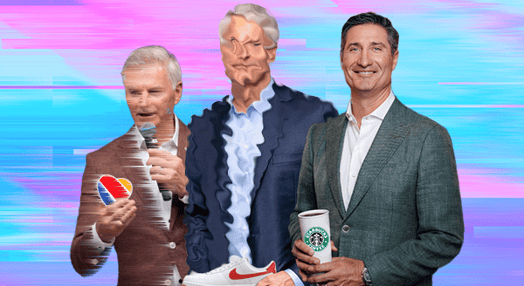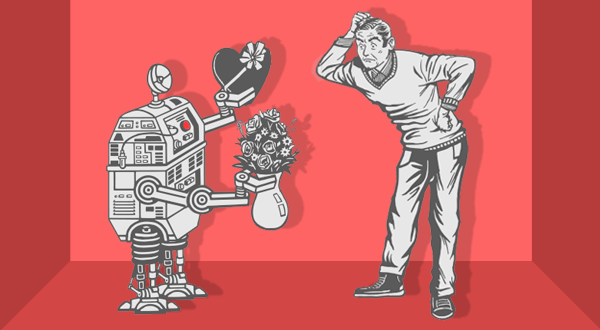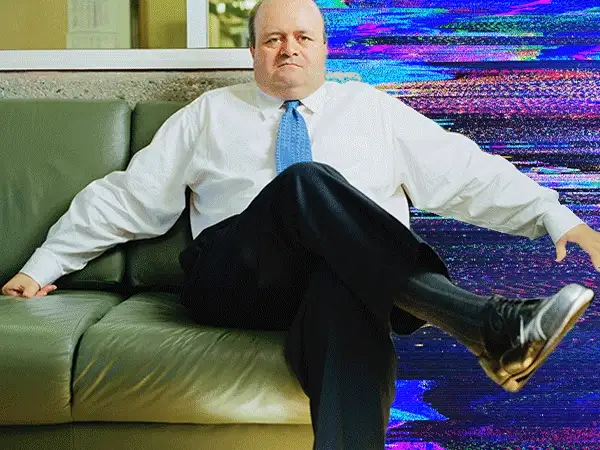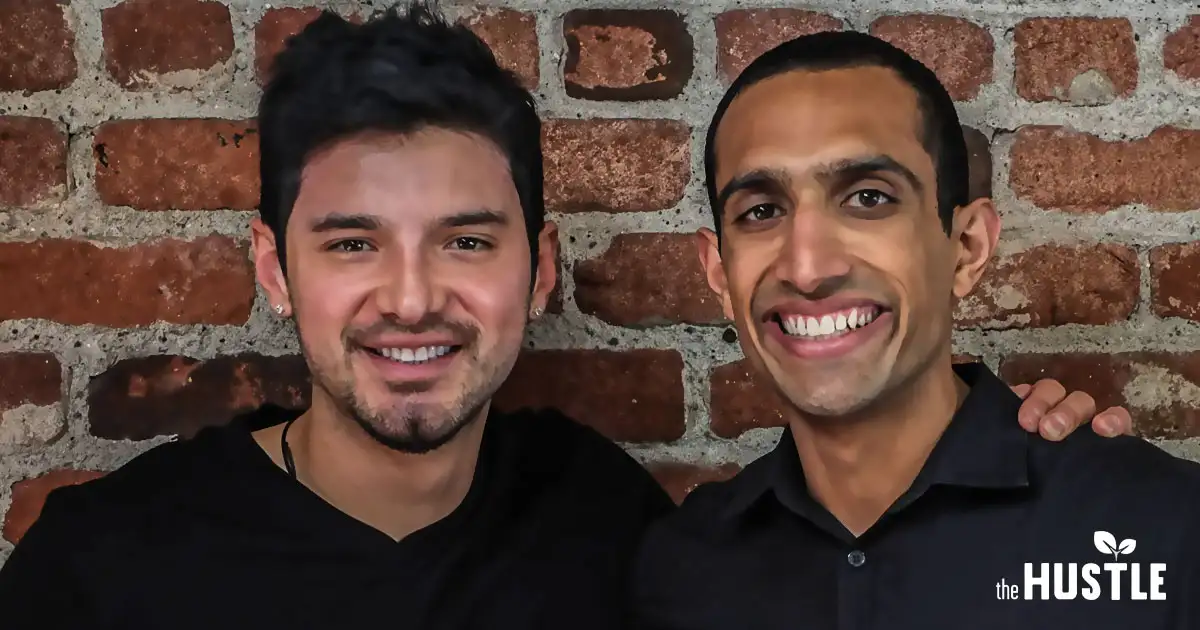In some ways, our AI CEOs acted more humane than human CEOs

A couple years ago, as the advent of ChatGPT and other forms of generative AI led people to ponder the automation of human workers like graphic designers, drivers, and programmers, The Hustle considered a more ambitious takeover: the possibility of replacing CEOs with AI.
The evidence for why CEOs could be automated is pretty clear:
- Although CEOs can be valuable as company figureheads, much of their work consists of budgeting, tracking a company’s performance, and making executive decisions based on data — all strengths of AI.
- Average CEO pay is 290x greater than the pay of an average worker. In some cases, companies could achieve outsized cost savings compared to replacing other positions.
- An edX survey found that 49% of CEOs believe most or all duties of a CEO should be completely replaced by AI.
But can the job really be done by AI? I decided to test it out by automating the CEO for three companies aiming for revival: Nike, Southwest Airlines, and Starbucks.
I asked Claude.AI, Anthropic’s chatbot, to role-play as CEO for each company and come up with a general leadership strategy. I also asked follow-up questions so it could offer more specific ideas.
Overall, the AI CEOs’ ideas weren’t much different than those of their human counterparts. (Nor was their use of corporate jargon.) Considering that Claude.AI and similar chatbots use public information to form their thoughts, it’s likely some of their business ideas stemmed from news stories about what these companies have already done.
But the AI CEOs didn’t mirror their human counterparts on everything. When it came to topics like layoffs and customer relationships, the AI CEOs seemed to have a greater desire to do well by their employees and customers.
Southwest Airlines
The skies have been anything but clear for Southwest Airlines since December 2022. Winter storms and outdated tech caused myriad flight cancellations and delays, leading to a $140m fine from the US Department of Transportation.
This year, the airliner, led by CEO Bob Jordan, has tried to increase profits — and appease powerful activist investor Elliott Investment Management — by initiating its first mass layoffs in company history. It also announced the end of its open seating policy and two free bags policy, the main differentiators between Southwest and other American carriers.
The Hustle
At a broad level, the Southwest AI CEO agreed that serious changes were needed, particularly regarding its technology and work scheduling system.
But it disagreed on the three biggest controversial decisions made by the company this year:
- Layoffs: The AI CEO said it would not initiate layoffs as to avoid damaging the loyalty the company had developed with workers. Instead of layoffs, it would consider previous Southwest strategies, such as early retirements, reduced work schedules for interested employees, and hiring reductions.
- Open Seating: Rather than eliminate open seating, the AI CEO would keep it for the majority of the plane while setting aside a certain number of premium assigned seats that could be purchased as an upgrade.
- Two free checked bags policy: The AI CEO would not only maintain the two free bags policy but further lean into it by “better communicating this value proposition. Many travelers don't realize they'll save $60-140 per round trip by flying Southwest when checking bags. We should highlight this total trip cost advantage more effectively in our marketing.”
Screenshot of Claude.AI role-playing as the Southwest Airlines of CEO. (Claude.AI)
That view seems smart, given the outcry prompted by the eradication of the two free bags policy.
But one knock against AI CEOs is that they lack the personal skills needed to inspire employees and get along with investors. So how would the AI CEO placate Elliott Investment Management, which wanted to eliminate the open seating and free bag policies and was accused by Southwest leaders of failing to constructively engage with the reworking of corporate policies.
The AI CEO said it would stand up to Elliott, and make a case that Southwest’s problems are related to execution rather than its business model or offerings.
“The key message,” the AI said, “would be that we're making necessary changes while preserving our competitive advantages — driving efficiency, revenue growth, and improved capital returns without becoming just another legacy carrier.”
That might sound reasonable. But almost nobody, human or AI, successfully pushes away Elliott Investment Management.
Starbucks
Since being hired as Starbucks CEO last August, Brian Niccol has been praised as a turnaround savant.
He’s emphasized the company’s need to restore its “third place” status and made several changes, such as reducing food and drink options, reintroducing ceramic cups and condiment bars, overhauling the mobile ordering system, separating the mobile ordering section from the in-store experience, and asking baristas to write out customers’ names with Sharpies.
The Hustle
Niccol has also instituted layoffs, and has required remaining corporate employees to attend the Seattle office at least three times per week. Niccol visits the office, too. But he has done so while commuting from Southern California via a company jet.
Wall Street has lapped this up: Despite a recent choppy market, last week Starbucks stock was still up ~17% since Niccol was hired last August.
Our AI CEO followed some of Niccol’s ideas on improving stores’ third place qualities and making the mobile ordering system more efficient. It differed from Niccol and Starbucks on a few key details:
- Rather than eschew promos, as Niccol has planned, the AI CEO suggested “value bundles” for regular customers.
- The AI CEO didn’t bring up anything about Sharpies but said it wanted to reduce the workload of employees so they can better connect with customers.
Similar to Southwest, a major difference between the AI CEO and Niccol was the concept of layoffs. The Starbucks AI CEO wouldn’t do them, either. On top of that, it also said it would recognize the company’s past problems with unions, go beyond legal minimums to engage in “good-faith negotiations,” and end practices “that have been perceived as union busting.”
Screenshot of Claude.AI role-playing as Starbucks CEO. (Claude.AI)
Fair treatment of employees was a theme from the Starbucks AI CEO: It did not want to create a disconnect between itself and workers.
A particular suggestion to avoid a disconnect, was for Niccol to simply move to Seattle rather than flying into the office from out of state on a private jet.
“How could I ask store partners to be more efficient or ask corporate staff to reduce expenses,” the AI said, “while maintaining an expensive commuting arrangement?”
Nike
Nike hired John Donahoe as CEO in 2020, and he quickly made significant changes to turn Nike into a technology brand. They included:
- Reducing the number of shoes Nike sold at retailers like DSW and Foot Locker and focused on D2C sales.
- Reorganizing corporate structure around men, women, and children categories, instead of around sport-specific categories like basketball and running.
- Increasing supply of popular, relatively scarce shoes.
If some of these strategies sound like they came straight out of a McKinsey slide deck, well that’s because they did. And they didn’t work.
Fewer shoes at retail locations meant shoppers who might’ve bought Nikes found other brands, and early gains in D2C sales fell off after the pandemic. The lack of sport-specific categories, along with defections of top designers, stifled innovation. And a surplus of once relatively rare shoes made them less appealing.
On top of that, Nike failed to create the same inroads as Hoka and On with young American runners.
Nike’s stock has lost more than half its value since late 2021, and it had its worst single stock day in the company’s history last June, falling 20%.
More than 1.6k employees got laid off last year and those still with the company wondered why Donahoe, who resigned last fall, made so much money. (They also accused him of taking weights from the company gym to his house and never returning them.)
The Hustle
So what would an AI CEO do to rescue Nike (besides avoid pilfering weights)? Not much. Perhaps Claude.AI synthesized the wrong data points about Nike — its ideas were vague and similar to those that brought Nike into decline:
- Focus on the highest-performing, most distinctive shoes/apparel.
- Be more selective with wholesale/retail partners.
- Enhance the D2C experience with “better personalization and product storytelling.”
The AI CEO did suggest that it would emphasize more risk-taking and returning to the company’s innovative design roots, doing more with its running clubs, and collaborating more with “cultural tastemakers” — similar to steps the company is actually taking under new CEO Elliott Hill.
Unlike when Claude.AI roleplayed as the Southwest and Starbucks CEO, it said as Nike CEO it would implement layoffs. But then the Nike AI CEO changed its mind after I followed up. It revised some of its answers about strategy, too.
This tendency of AI to be too wishy-washy and easily influenced by whomever delivers a prompt is a common criticism. It’s also certainly not a good characteristic for CEOs, who must be decisive.
But the Nike AI CEO wasn’t indecisive about everything. It was certain that it would not hire any McKinsey consultants.
“Paying millions for consultants to essentially tell us what we already know,” it said, “would be an expensive way to avoid making the tough decisions and doing the real work ourselves.”




